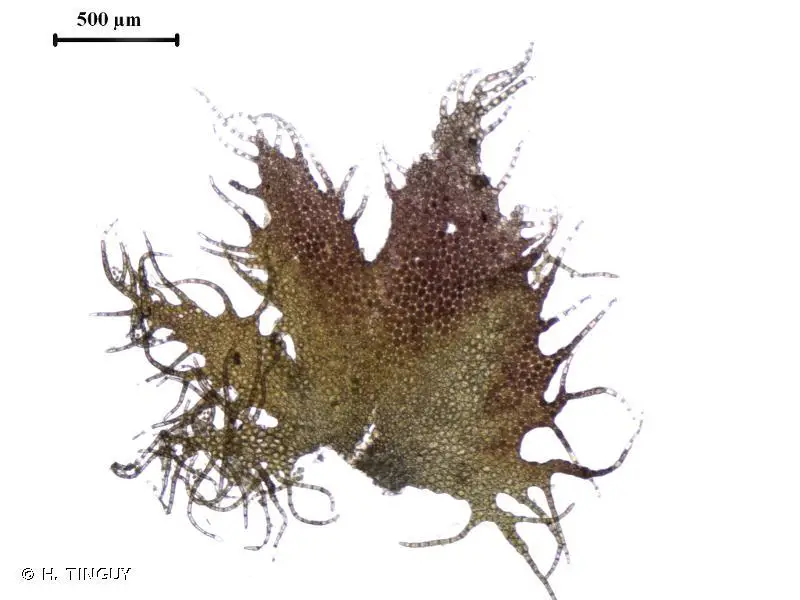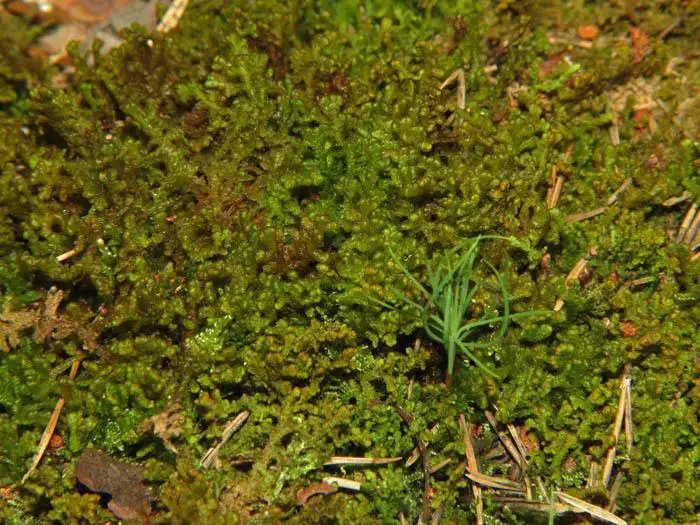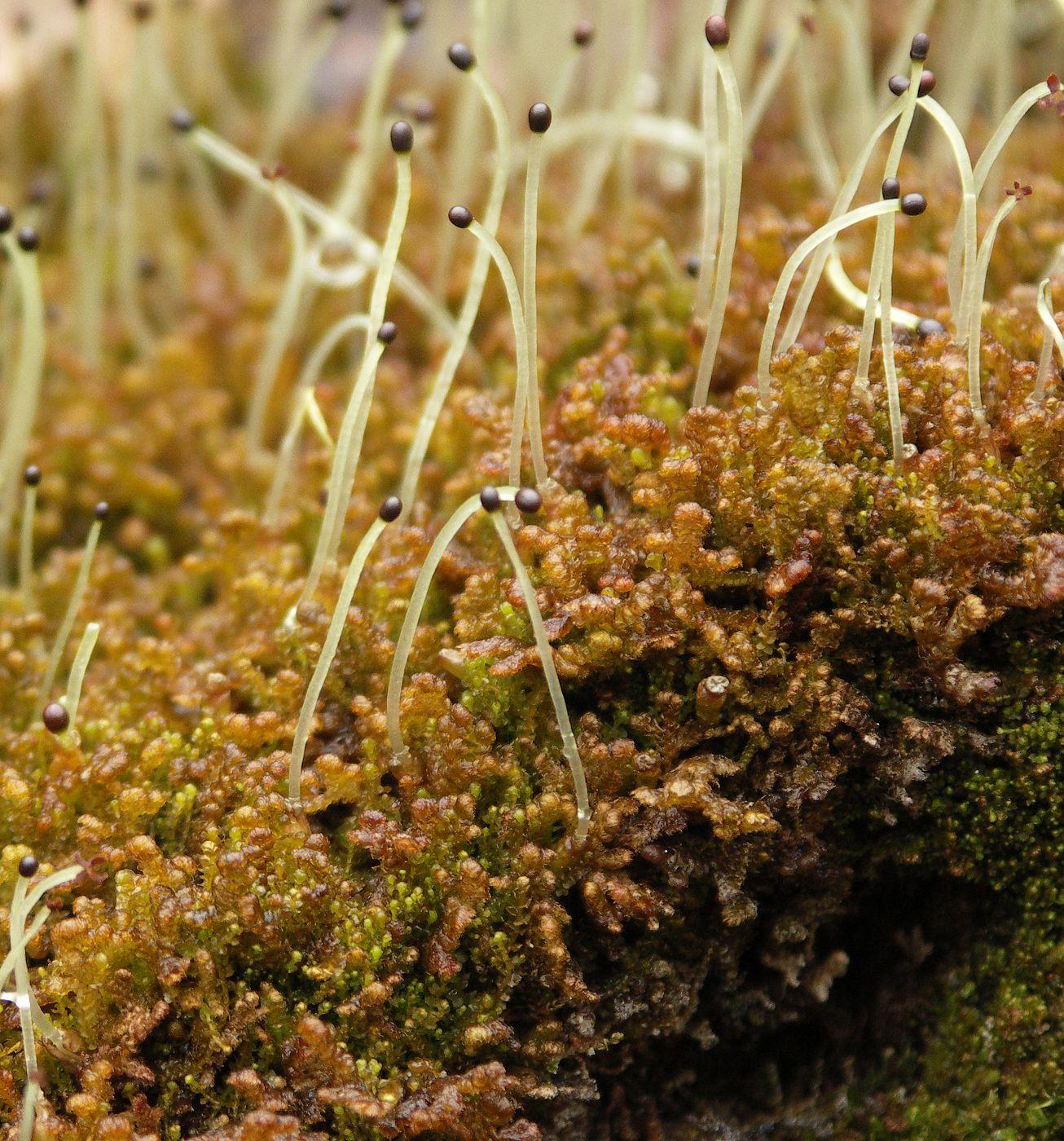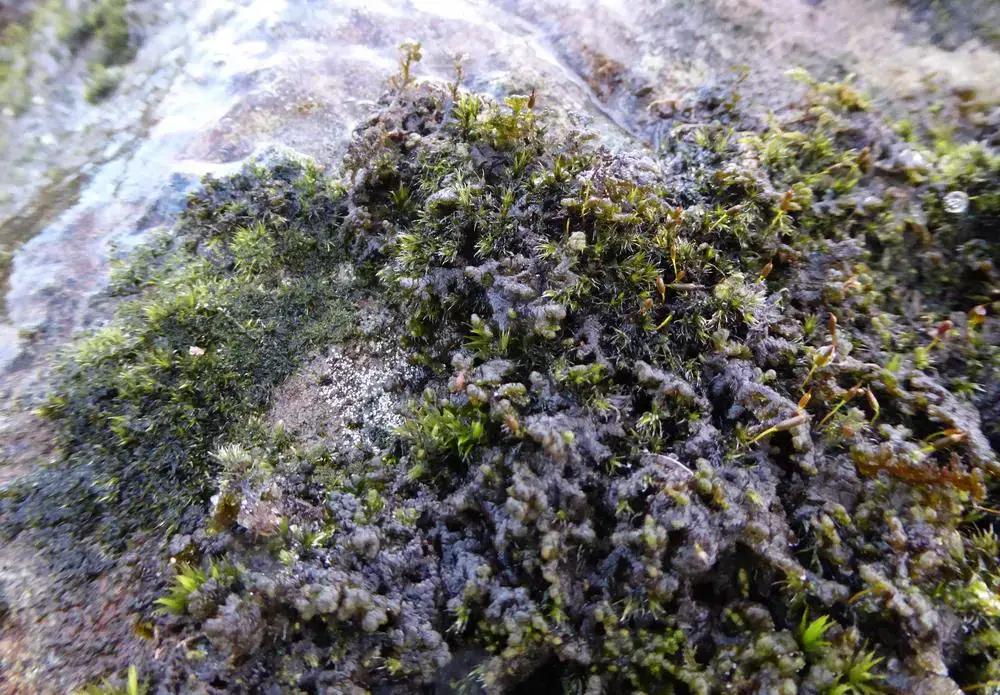
207303.jpg from: https://inpn.mnhn.fr/espece/cd_nom/6653
Ptilidium ciliare: The Feathery Liverwort Moss

851598.jpg from: https://www.bio-forum.pl/messages/3280/851597.html
Ptilidium ciliare (L.) Hampe, commonly known as Ptilidium moss, is a fascinating species of liverwort moss belonging to the Ptilidiaceae family. This small but mighty moss plays important ecological roles and boasts unique adaptations that allow it to thrive in various habitats worldwide. Let’s dive into the captivating world of Ptilidium ciliare!
Morphology and Identification
Ptilidium ciliare is a leafy liverwort characterized by its feather-like appearance. The leaves are deeply divided into hair-like segments

532264_704e508a.jpg from: https://www.plantarium.ru/page/image/id/532264.html
, giving the plant a delicate and intricate look. The stems are prostrate and can reach lengths of up to 5 cm. Ptilidium ciliare is dioicous, meaning male and female reproductive structures are found on separate plants.

ptilium-ciliare-frozen.jpg from: https://learningaboutmosses.wordpress.com/2021/09/06/ptilidium-ciliare/
| Characteristic | Description |
|---|---|
| Leaf shape | Deeply divided, hair-like segments |
| Stem | Prostrate, up to 5 cm long |
| Reproduction | Dioicous (separate male and female plants) |
Global Distribution and Habitat
Ptilidium ciliare has a wide distribution, found in temperate and boreal regions of the Northern Hemisphere. It grows on various substrates, including soil, rocks, logs, and tree bark. This adaptable moss is often associated with coniferous forests and can tolerate a range of environmental conditions, from moist to relatively dry habitats.
Ecological Roles and Adaptations
Ptilidium ciliare plays several important roles in its ecosystems:
Moisture retention: The feathery leaves of Ptilidium ciliare help to trap and retain moisture, contributing to the overall humidity of its habitat.
Nutrient cycling: As Ptilidium ciliare decomposes, it releases nutrients back into the soil, supporting the growth of other plants.
Microhabitat creation: The intricate structure of Ptilidium ciliare provides shelter and habitat for small invertebrates, promoting biodiversity.
Ptilidium ciliare has developed unique adaptations to cope with environmental challenges:
Desiccation tolerance: This moss can survive periods of drought by entering a dormant state and quickly reviving when moisture becomes available.
Efficient water transport: The hair-like leaf segments of Ptilidium ciliare facilitate water uptake and transport, ensuring the plant remains hydrated.
Conclusion
Ptilidium ciliare (L.) Hampe, or Ptilidium moss, is a remarkable liverwort with a feathery appearance and important ecological roles. Its global distribution, adaptability, and unique morphology make it a fascinating subject for bryologists and nature enthusiasts alike. Next time you’re out in a coniferous forest, keep an eye out for this delicate and resilient moss. Who knows what other secrets it holds?